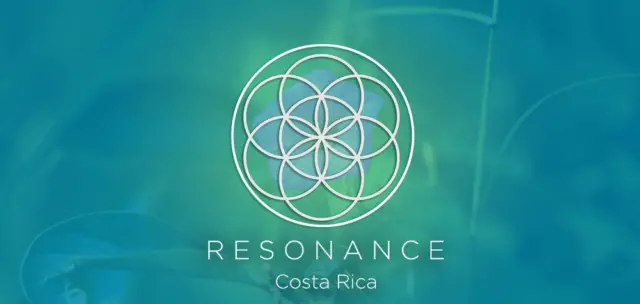The country’s Protected Wilderness Areas (ASP) are an excellent opportunity to learn about wildlife, observe their natural behaviors, learn about their role in the ecosystem and their interactions with other species. They also serve as outdoor classrooms for children and young people.
Developing responsible tourism within Protected Wilderness Areas is of great importance for visitors; this will ensure a safe and risk-free experience, allowing them to better enjoy the tours, observation and learning about biodiversity, recreation, and environmental education within these natural attractions.
MINAE-SINAC reminds the public not to enter protected wilderness areas through sites not authorized for tourism. If entry is made through private property, these sites do not meet the conditions for safe entry, and are highly dangerous due to the lack of trails or easy access in the event of an accident, given the topographical conditions of these sites.
Rescue in an emergency entails high operational costs due to the degree of difficulty, as well as putting rescue personnel at risk. These areas are also highly ecologically and geologically fragile, protecting ecosystems and geological elements that are vulnerable to human intervention, causing rapid deterioration and the loss of ecological processes essential to the health and functioning of our country’s most representative ecosystems.
Franz Tattenbach, Minister of the Environment, stated that:
Maintaining responsible and safe tourism requires a joint and sustained effort among the various stakeholders: government, communities, and tourists. One of the issues that has required effort in recent years, and is becoming a challenge for SINAC, is the promotion and development of entry and activities in unauthorized sites by different tourist groups within National Parks, which puts people at serious risk.
Responsible Tourism Measures
Responsible tourism, also known as sustainable tourism, is a travel approach that seeks to minimize the negative impacts of tourism and maximize the benefits for local communities, the environment, and the economy.
It involves making conscious and ethical decisions before, during, and after the trip, both by tourists and the businesses and administrations involved. Therefore, SINAC (National System of Conservation Areas) reminds you of the aspects that every visitor should ensure to ensure their visit is safe and responsible, which are the following:
Before your visit:
Find information on official websites about the Protected Area you are going to visit.
Prepare for your visit: appropriate clothing, hydration, medication, among others.
Do not carry single-use plastics.
If traveling with a tour operator or guide, verify that they have the appropriate ICT certifications and/or operating permits.
When entering the ASP:
Make sure you do so through the official, properly marked access points and during established hours.
Listen carefully to the information provided by the park ranger.
Pay attention to the signage within the site.
Stay only in designated visitor areas and do not leave the trails.
If you encounter wild animals, do not attempt to touch, catch, or feed them.
Whenever possible, walk with someone else and do not stray far from your group.
If traveling with minors, do not leave them unattended at any time during the tour.
The public is reminded that there are currently several Protected Wilderness Areas, access to which requires the purchase and reservation of an entrance ticket online, by visiting the website www.sinac.go.cr

